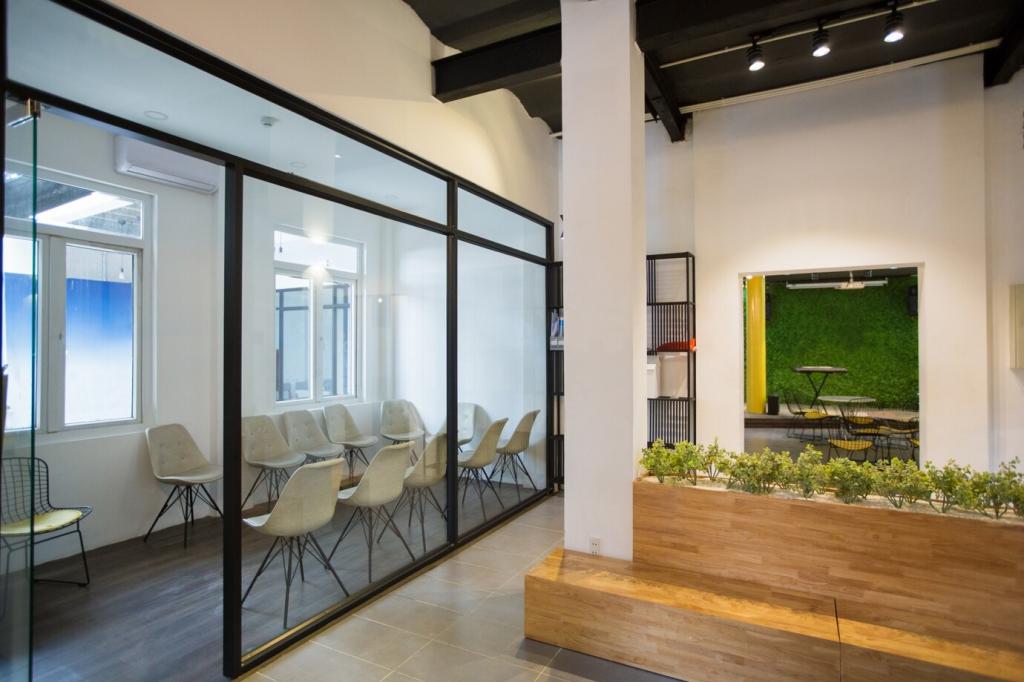
Biophilic Interior Design Practices: Let Nature Lead Your Home
Selected theme: Biophilic Interior Design Practices. Step into a home that breathes, calms, and inspires. Today we’ll explore evidence-based, heart-forward ways to invite nature indoors—through light, texture, plants, and patterns—so your space supports focus, joy, and everyday wellbeing. Join the conversation, share your ideas, and subscribe for weekly nature-led tips.
The Human–Nature Connection Indoors
Studies have long shown nature cues reduce stress and improve attention. Hospital rooms with green views sped recovery in Ulrich’s classic research, and Attention Restoration Theory explains how soft fascination resets focus. Biophilic interior design practices turn those benefits into daily rituals—calmer mornings, kinder meetings, and more restorative evenings.
The Human–Nature Connection Indoors
When Maya added a small preserved-moss panel near her desk, she expected aesthetics, not results. Two weeks later, her smartwatch showed steadier heart rates during deadlines, and her midday headaches faded. The gentle texture, earthy scent, and deep greens became a pause button her busy mind could actually press.

Light That Follows Your Day
Layer sheer curtains with adjustable blinds to diffuse harsh beams while preserving views. Use matte finishes and pale surfaces opposite windows to bounce light deeper into rooms. Try a simple light shelf or reflective sill to brighten ceilings, and keep window plants trimmed so glass stays an unobstructed portal to the sky.
Light That Follows Your Day
Schedule cooler, brighter light in the morning for alertness and warmer, dimmer light after dusk to signal rest. Look for high-quality LEDs with tunable white and low flicker. Pair dimmers with timers, and create pools of light—task, ambient, and accent—to mimic the subtle rhythms found outdoors.



Wood, Stone, and Natural Fibers
Choose FSC-certified wood with visible grain, limestone or slate for grounding weight, and breathable wool, linen, or jute for softness. Low-VOC finishes protect indoor air while preserving tactile honesty. Let materials age gracefully; patina tells stories, and biophilic interior design practices celebrate those evolving narratives.

A Texture Story from a City Loft
We replaced a slick faux-leather sofa with a linen-wool blend, added a reclaimed-oak side table, and layered a chunky jute rug. The sound softened, the air felt less stuffy, and guests instinctively took their shoes off. Texture made the room friendlier and anchored conversations that used to drift.
Right Plant, Right Place
Match species to light and routine: snake plant and ZZ plant for low light, pothos for adaptable trailing greenery, and herbs for sunny kitchens. Prioritize drainage, rotate pots for even growth, and group species by care needs to create resilient, biophilic interior design practices you’ll actually maintain.
Micro-Ecosystems at Home
Terrariums, kokedama, and compact plant shelves create living vignettes that change weekly. Add a small moisture meter, tuck pebbles under planters for airflow, and vary leaf shapes for visual rhythm. A kitchen windowsill herb garden doubles as fragrance therapy and dinner inspiration.
Community Plant Swap
Host a monthly cutting exchange with neighbors or colleagues. Share care tips, troubleshoot pests, and trade resilient varieties. Post your next swap date in the comments, and tag us with photos so we can feature your biophilic interior design practices in an upcoming community roundup.
Air, Water, and Soundscapes
Breathable Interiors
Open opposite windows to create a cross breeze, clean vents seasonally, and aim to keep indoor CO₂ under roughly 1000 ppm for clarity. Maintain 40–60% relative humidity, and use natural air purifiers like beeswax candles sparingly. Plants add delight but do not replace ventilation—balance both intentionally.
Soothing Water Notes
A small tabletop fountain or gentle aquarium introduces movement and calm. Place away from bedrooms if sound is distracting, and monitor humidity to prevent condensation or mold. Pair with stone pebbles and soft downlighting to anchor a restorative, biophilic interior design practices corner.
Nature-Positive Acoustics
Layer rugs, cork panels, and upholstered pieces to reduce harsh echoes. Consider a birdsong or forest-sound playlist at low volume for afternoon focus. Test different soundscapes and report what helps you think, create, or unwind—we’ll compile community favorites for future readers.
Patterns, Colors, and Forms from Nature
Incorporate leaf-like veins in shelving, branching coat hooks, or fractal art that softens visual noise. Research suggests people find mid-complexity fractals particularly calming. Let edges curve like river bends, and use biophilic interior design practices to translate biology into everyday objects without literal themed décor.

Layout that Flows
Arrange a reading nook with a supportive chair backed by a wall and a view to a doorway or window. Keep pathways clear so rooms feel effortless to navigate. This balance allows ease of scanning the space with a sense of shelter—classic biophilic interior design practices at work.


Layout that Flows
Use partial screens, plants, or a curved bookcase to hint at what’s around the corner. A glimpse of greenery or light draws people forward, making small homes feel expansive. Let thresholds mark tiny journeys—from busy kitchen to quiet window seat—through changes in texture and scale.
Care, Rhythm, and Longevity
Create a weekly rhythm: dust leaves, rotate plants, open windows, and check watering. Keep a small caddy with pruning shears, microfiber cloths, and natural cleaner. Maintenance becomes a calming ritual that strengthens your connection to biophilic interior design practices over time.
